Wasp Sting Vinegar: How to Treat a String at Home
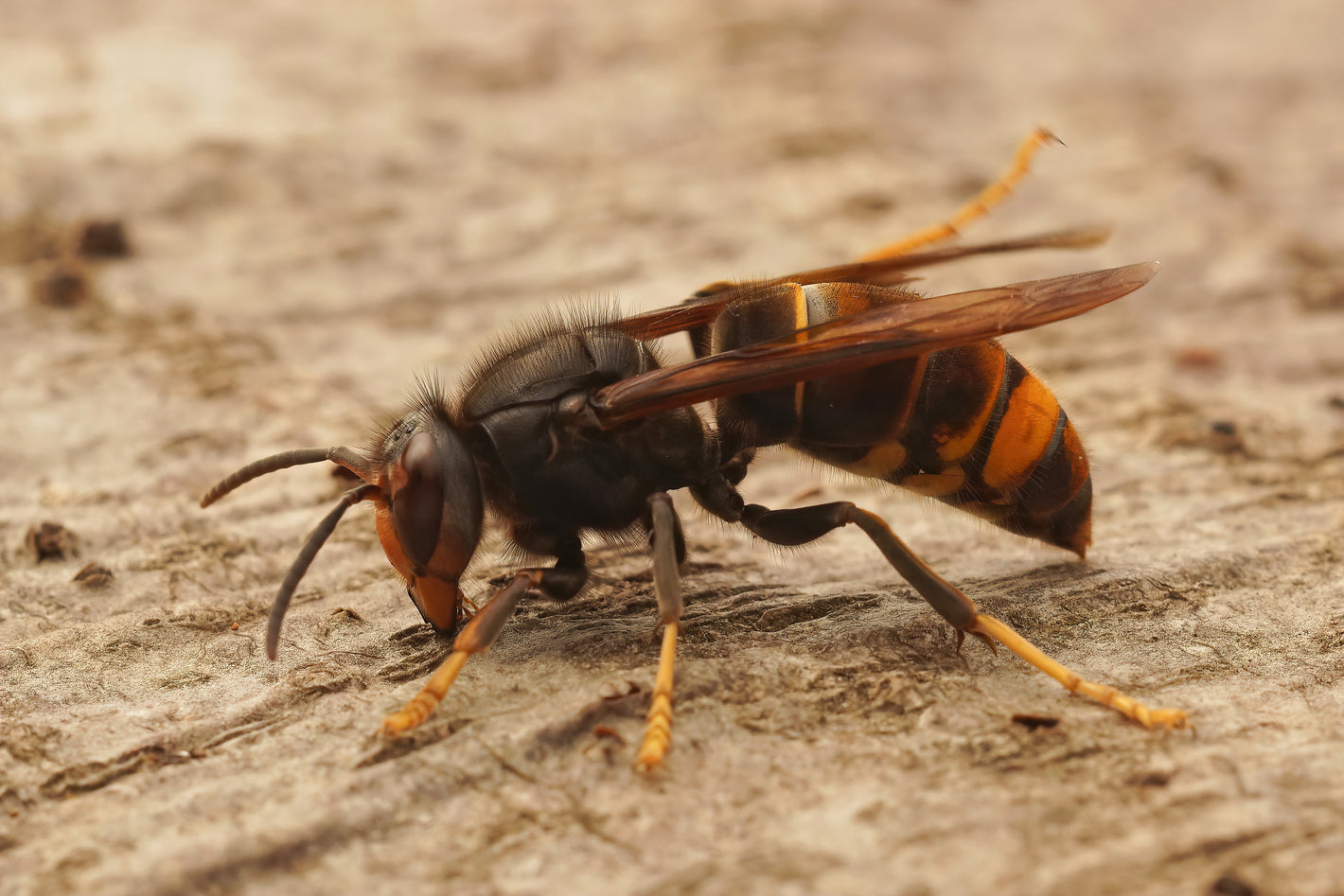
Related products
The wasp sting normally causes an itchy welt on the skin and resolves quickly. The severe symptoms are often due to allergic reactions. People experience more wasp stings in the warmer months as they spend more time outside, and the nest population of wasps reaches its peak in June and July. These stings are highly disturbing, but most people recover without any complications.

Wasp stings, like those of hornets and bees, are self-defence tools of insects. They contain a poisonous substance (wasp venom) that is injected into humans during the bite. Wasp venom causes significant irritation and pain, and people allergic to it experience severe allergic reactions. In all situations, prompt treatment is necessary to avoid complications and alleviate symptoms.
Symptoms of wasp sting
The majority of non-allergic people experience only minor symptoms after the wasp sting. The initial sensations are burning and sharp pain at the sting site, which is often followed by itching, redness, and swelling. The symptoms are typically classified into;
Minor localised reactions
These reactions cause a raised and well-developed welt at the sting site, and a tiny white mark is often visible in the middle part of the welt where the sting has punctured the skin. Normally, the swelling and pain recede within a few hours after the sting without causing any complications.
Large and localised reactions
Large and localised reactions are more pronounced symptoms of the wasp sting, and these symptoms are noted in people who are allergic to it. Life-threatening symptoms, e.g., anaphylactic shock, are, however, not noted.
Symptoms like swelling and extreme redness continue to increase for 2-3 days after the bite. Vomiting and nausea often accompany these signs. We have discussed the signs of anaphylactic shock and insect skin allergy in another must-read article. Visit our page for this article.
For most people, these large reactions subside on their own within a week or more. Consult the doctor if one experiences large localised reactions to the wasp sting, who often recommends over-the-counter and prescription antihistamines, e.g., Benadryl, to cure this situation. Such reactions are often localised, and experiencing them once doesn't mean that the patient is likely to experience them in the future, either.
However, if the body responds to the situation this way, it is usually best to avoid being bee-stung to prevent such regions from occurring in the future.
Anaphylactic shock
It is the most severe reaction to a wasp sting and is life-threatening. In this situation, the body experiences a shock in response to the wasp sting. It is a very quick reaction, and it is necessary to go to a healthcare provider/ hospital to treat and handle this situation immediately.
The major symptoms of allergic reactions to wasps are a weak or racing pulse, diarrhoea, stomach cramping, vomiting, nausea, unconsciousness, lightheadedness, drop in blood pressure, dizziness, respiratory signs, e.g., gasping and wheezing, itching and hives in certain areas of the body that are not influenced by the bee sting, and severe swelling in the throat, lips, and face.

Only some people develop all the signs, and developing some signs is enough to indicate anaphylaxis. For someone with a history of anaphylactic shock, it is necessary to carry an anaphylaxis kit, e.g., EpiPen®, to handle it. These kits contain epinephrine injections that help improve respiration, increase the strength and rate of the heartbeat, and stabilise blood pressure. It is, nevertheless, a hospital emergency that needs immediate care and hospitalisation.
To know more about allergies, causes, signs & symptoms, treatment, diagnosis, and various types, read our formative article by visiting the relevant page.
Treatment of the wasp stings
The treatment of the wasp sting depends upon the nature of the reaction. Mild and moderate reactions recover automatically and are also easily treatable at home. The line of action for a severe wasp sting is;
Washing the site: First, thoroughly wash the local area with water and soap to remove as much of the venom as possible. Try to use soap with a neutral or mild pH.
Application of ice packs: Now, apply the ice packs to the wound site to reduce pain and swelling. Keep the wound site dry and clean, and use a bandage to cover it only when necessary.
OTC medications: Use calamine lotion and hydrocodone cream only when itching and redness cause problems. Colloidal oatmeal and baking soda help soothe the skin and must be used in medicated creams and baths. Use OTC pain relievers, such as ibuprofen, to relieve the associated pain.
IV fluid therapy: In case of anaphylactic shock, intravenous fluid administration is necessary. Consult with the doctor if you have such symptoms.
However, to avoid all side effects, such as drowsiness and stomach irritation, prevent using medications as necessary. The tetanus shot is recommended to be used within several days of the wound.
Use of vinegar
Vinegar is one of the home remedies used for wasp stings, as its acidity helps neutralise the alkalinity of the wasp sting. Bee stings are acidic and are not likely to benefit from vinegar. For effective use of vinegar for wasp stings, soak the cotton ball in white vinegar or apple cider vinegar and place it directly on the affected skin for 10-15 minutes. It is necessary to dilute the vinegar and use the strength the body can tolerate.
The slight pressure helps ease inflammation and pain more effectively. It is also recommended that the cotton ball be used on the skin continually for several hours.
Management of severe reactions
Immediate medical attention is necessary to treat the allergic reactions associated with the wasp sting. Although the rate of allergic reactions is lower, up to 3% of adults and 0.1% of children with wasp sting experience severe allergies. If there is a first aid injection for wasp stings (EpiPen), administer it as soon as the signs appear.
If there is a previous history of allergic reactions to wasp stings, administer it immediately after the wasp sting and call the local helpline. Treatment of allergic reactions due to wasp stings include epinephrine injections to calm down the immunity, cardiopulmonary resuscitation (CPR) if there is a temporary stoppage of breathing, and improving breathing using steroids and other medications.

Welzo has various after-bite treatments that help treat the after-bite complications of the insect bite. Visit our page for more details.
Possible complications in the wasp sting
In rare cases, wasp stings cause significant complications involving the nervous system. A recent study published by Dr. Cahyani Gita Ambarsar and colleagues in 2019 noted cases in which paediatric patients experienced motor asphyxia, rhabdomyolysis, anaphylactic reactions, increased levels of liver enzymes, intravascular hemolysis, acute kidney injury (AKI), clotting abnormalities, pupil dilation, muscle weakness, and even death after the wasp sting. Motor asphyxia involves the impairment of writing and speech abilities.
Such reactions are due to blood clots associated with the wasp stings. These complications are nevertheless infrequent and unlikely to occur in the routine. Talking to the doctor about venom immunotherapy, administered through allergy shots, is necessary.
Home remedies for wasp sting
As venom in the wasp sting is alkaline in nature, using some acidic home remedies is the most effective method of relieving it. Three remedies are,
Lemon juice: Slice a fresh lemon into many pieces and squeeze out as much juice as possible. Dip a cloth or cotton swab in this juice and apply it to the wasp site. Fresh lemon juices work better than bottled ones and are a better choice for this purpose.
Using vinegar/ apple cider vinegar: Vinegar is acidic in nature, so it is beneficial for wasp stings. The following procedure is also helpful for wasp stings.
- Take a small cotton swab.
- Soak it in apple cider vinegar.
- Place it directly on the wound site while applying a small amount of pressure.
The vinegar's acidity helps neutralise the wasp sting's alkalinity and treat it effectively. In addition to apple cider vinegar, simple vinegar is also effective for this job.
Fresh lemon: A fresh slice of Lemon is an effective one if the lemon juice is undesirable or not needed for any other reason. Slice the fresh Lemon into two parts and place it apart as the flesh side down on the wound site. It may work slowly, but it is one of the natural recipes for the bee sting.
Frequently Asked Questions
What is the fastest way to treat the wasp sting?
Wrap the ice in a clean cloth, place it at the site for 10 minutes, and then remove it for 10 minutes. Repeat this process repeatedly. Using vinegar, over-the-counter corticosteroids and antihistamines is also helpful in treating it.
Is toothpaste helpful for a wasp sting?
There is some anecdotal evidence, yet no valid proof that it has any valuable effects. The alkaline toothpaste helps neutralise the acidity of the bee sting, but it is of little value and, in fact, harmful against wasp stings, which is close to neutrality.
What is the first aid for a wasp sting?
Cleaning the affected area with soap and warm water is beneficial. Ice packs help reduce pain and swelling, and pain-relieving creams and medications must be used when necessary. Over-the-counter antihistamines and painkillers are helpful in some more advanced cases.
Is honey useful for a wasp sting?
Honey helps alleviate the pain and itching associated with a bee/ wasp sting. Apply a small amount of honey to the target site and cover it with a bandage. Leave the bandage on for 24 hours. Bandage is necessary to avoid the risk of infections.
How long does the wasp sting last?
The reaction to a wasp sting lasts between 2 and 3 days. However, the duration of this period depends upon whether there is a significant local response, normal local reaction, or allergic reaction. The essential local reactions last for many days.
Which poison is present in the wasp sting?
The wasp sting possesses various bioactive constituents, such as peptides, proteins, volatile compounds, and various enzymes. Other components are decorating, mastoparan, antigen 5, and phospholipase A2. These bioactive compounds have anti-inflammatory, antimicrobial, and anticancer properties.
Why is the wasp sting so painful?
Although both the wasp and bee stings are painful, the wasp venom is far more potent and painful than the bee venom, making its sting more painful. Its venom causes more vasoconstriction and sends more pain signals to the brain.

Bottom-line
A wasp sting is typically painful and causes swelling, redness, and itching. However, it has personal variations, and some people develop milder symptoms, while others develop more serious and life-threatening conditions, such as anaphylactic shock. If a person is experiencing respiratory difficulty and severe swelling after the sting of a wasp, it is advised to consult a doctor.
Do not wait for the signs to worsen, as anaphylactic shock is fatal if left untreated. Try to prevent the wasp sting by avoiding outdoor fragrances, bright-coloured clothing, and certain foods that attract wasps. Never place hands and feet in the suspected hiding places of the wasps, e.g., holes in the ground, and tree stumps. Keep a first aid kit if there is a history of anaphylactic shock to help prevent it.
We have collected pictures of lesions of various biting insects in an article, which you can read by visiting. Likewise, visit our page for the details of the 11 best creams for insect bites.



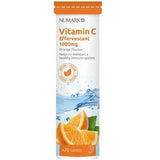
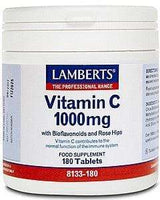
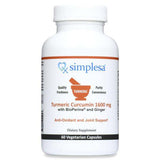







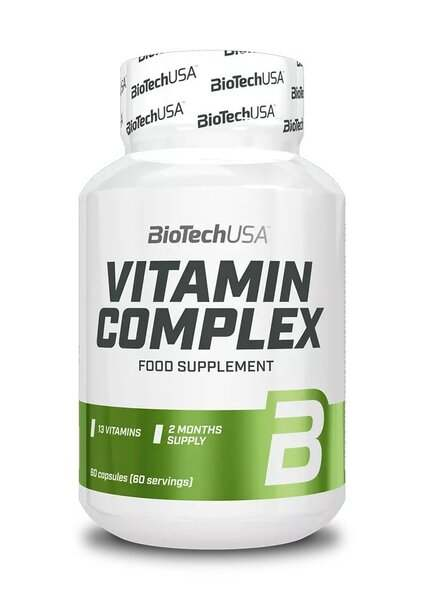
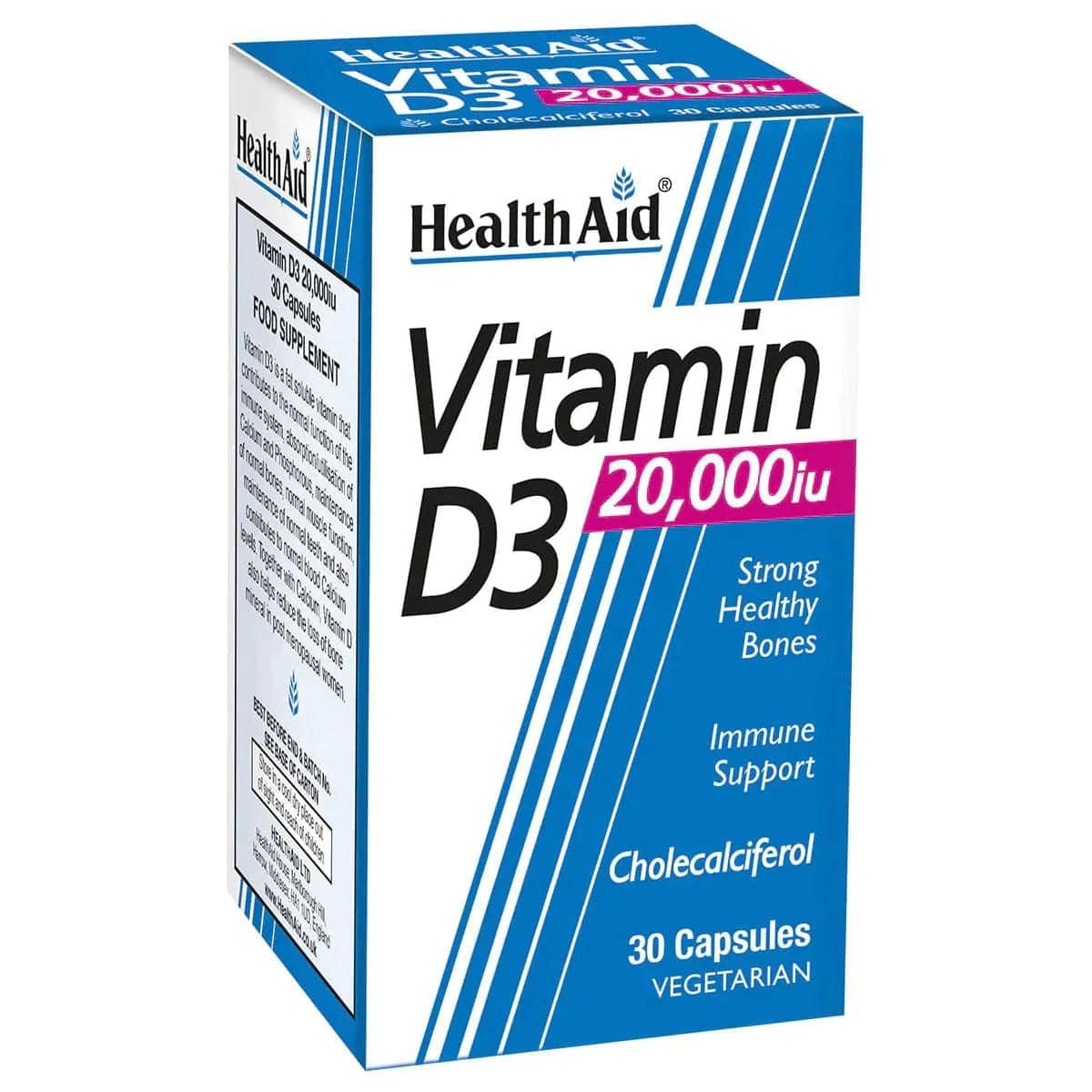

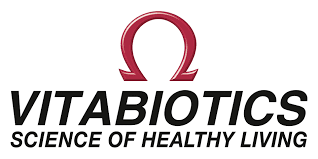
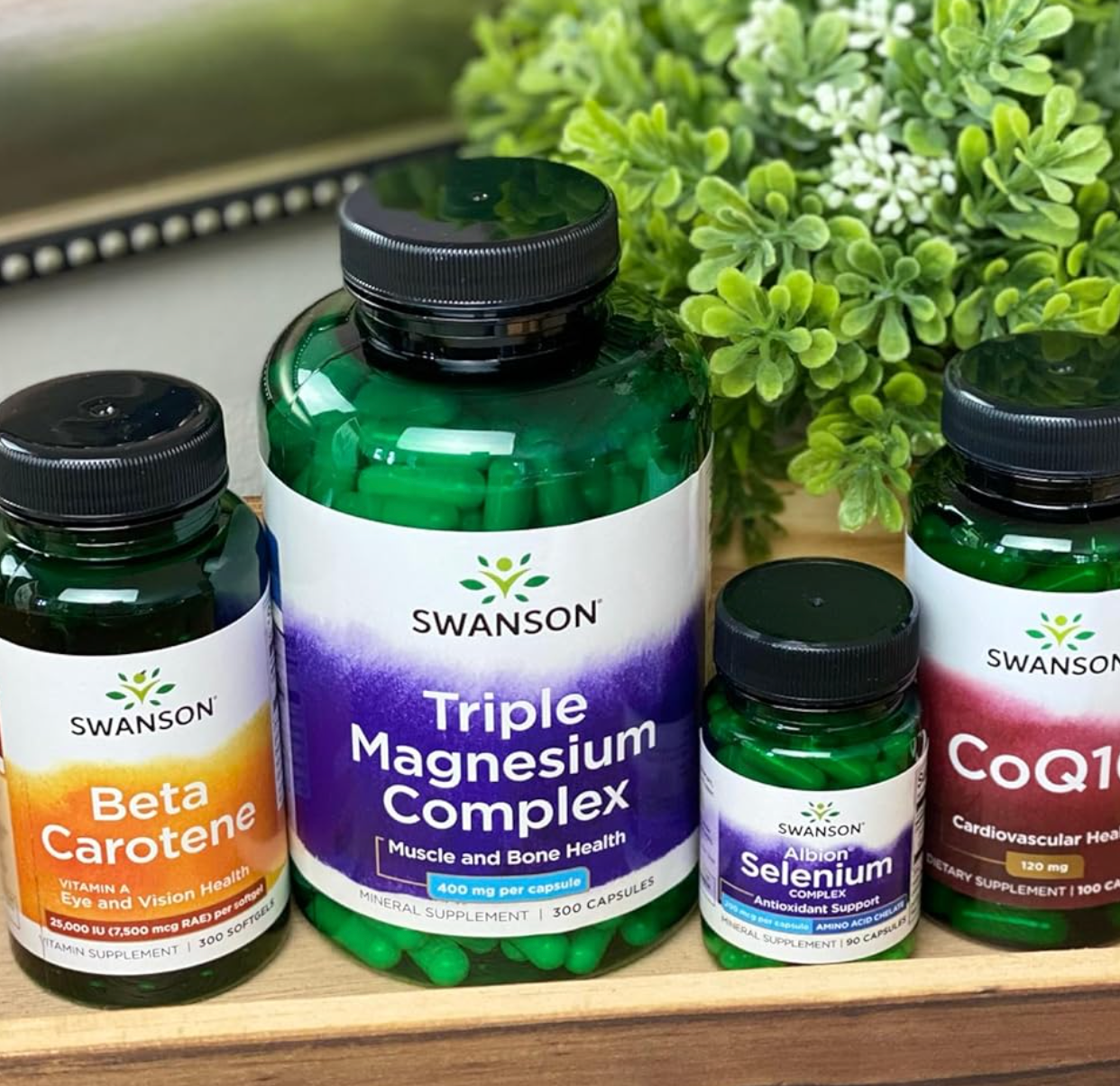
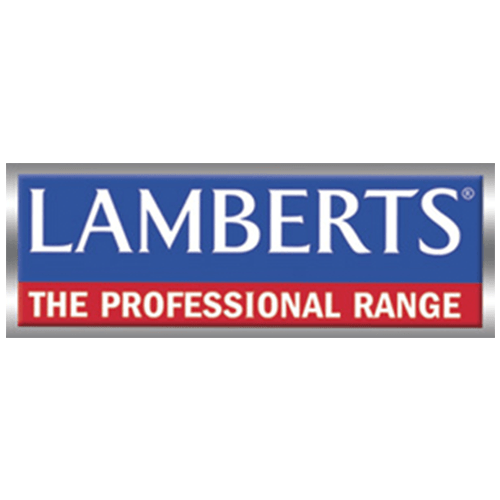
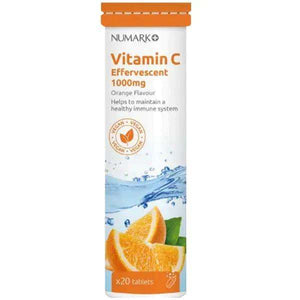
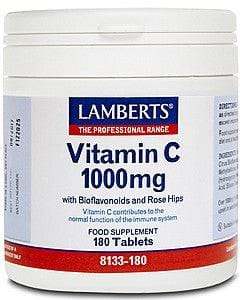
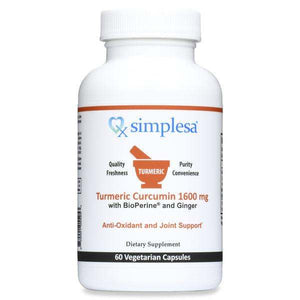












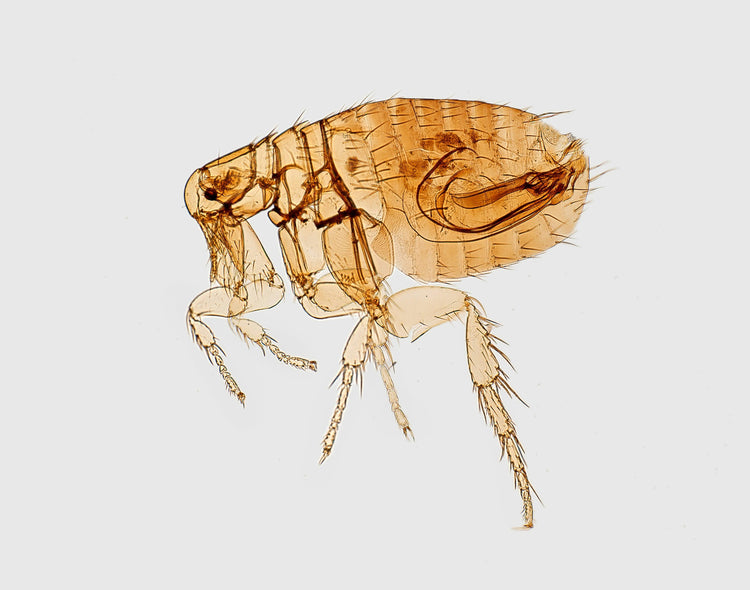


 Rated Excellent by 26,523+ Reviews
Rated Excellent by 26,523+ Reviews